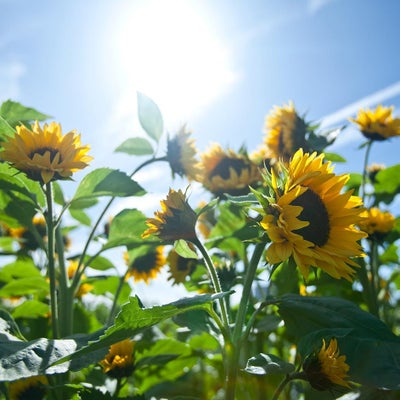
Quick facts
Plants make their own food by photosynthesis – harnessing the energy in sunlight and using it to create simple sugars
Plants that are growing rapidly, flowering or fruiting need lots of energy, and therefore plenty of sunshine
When plants don’t get enough light, they can’t produce the food they need to function, so you may see weak, pale, spindly growth and fewer flowers and fruit
How plants make their own food
Even the most shade-tolerant plants need some light to thrive, and this is because plants use sunlight to make their own food, in a process called photosynthesis.
During photosynthesis, plants harness the energy in sunlight and use it to fuse water (absorbed from the soil) and carbon dioxide (absorbed from the air) to form simple sugars, releasing oxygen as a by-product.
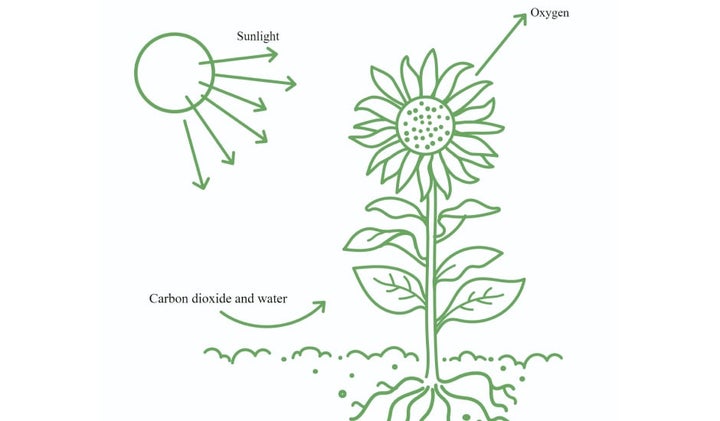

The large surface area and thin, translucent structure of leaves lets as much light as possible reach chloroplasts – the site of photosynthesis – inside their cells.

Leaves are arranged so they don't shade those below them and in many plants are held on a stalk, or petiole, that lets them turn to face the sun throughout the day.

Without enough light, plants can’t produce the food they need to function. So, if you see your plants producing weak, pale, spindly shoots, it may be because light levels are too low for them.
The sugars (such as glucose) produced by photosynthesis are moved around a plant inside phloem vessels and used to release energy for growth and repair – this process is known as cellular respiration.
In ideal conditions, leaves produce more sugars than are needed straight away. The surplus is converted to starch and stored for future use, either in granules in stems and roots or in specialised storage organs such as bulbs and tubers.
This is important to bear in mind when growing bulbs and pruning woody plants:
- Bulbs contain lots of starch to fuel new growth after a dormant period. To allow this food store to be fully replenished, it’s important to keep their foliage exposed to light until it dies down naturally. Cutting off or tying-up daffodil leaves after flowering may look neater, but will usually result in poor or no flowers the following year.
- Woody plants store starch in older, ripened wood. Pruning spring-flowering shrubs immediately after flowering allows plenty of time for new growth to ripen, so you are rewarded with a good display the following spring.

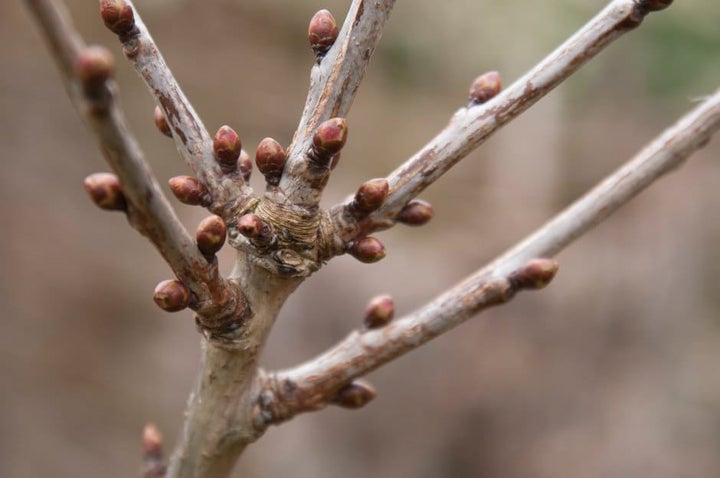
The importance of colour
The chloroplasts in leaves contain light-absorbing pigments and these capture different wavelengths of light. Blue light stimulates growth, while red light is important for flower production, and both are absorbed by the green pigment chlorophyll.

The white areas of variegated leaves don't contain any chlorophyll. Plants with these markings tend to be slower growing and need a sunny spot to maximise the light they can harness. When a variegated plant reverts to all-green, it’s often a sign that light levels are too low.

Leaves also contain yellow and orange pigments that play a part in absorbing sunlight. These are often masked by the green colour of chlorophyll, only becoming visible in autumn when it is broken down before leaf fall. The different concentrations of these pigments create a range of leaf colours, which we use to add variety to our gardens.

Pigment concentration also creates different tolerances for sun and shade, ensuring there are plants to suit every garden location. Those with deep green leaves contain more chlorophyll than paler ones and are therefore better adapted to growing in shady spots.
Light quality and quantity
The amount and intensity of light reaching leaves affects the rate of photosynthesis and overall growth.
The strength of light (intensity) a plant receives changes with the seasons, as sunlight is much weaker in winter than it is in summer.
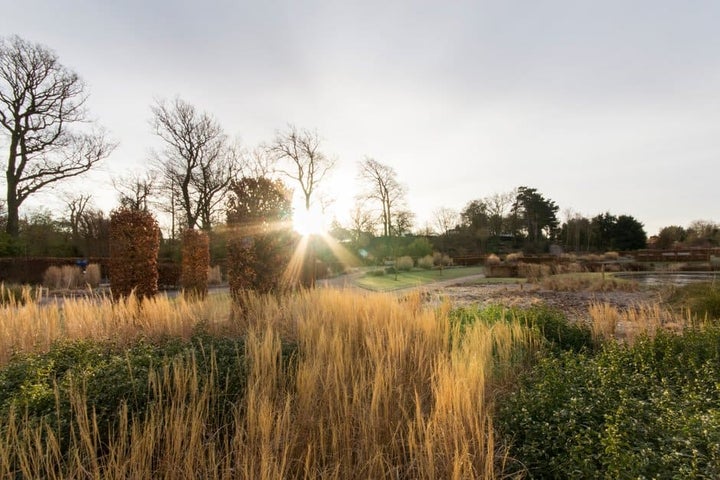
Aspect also makes a difference, with a north- or east-facing position getting significantly fewer hours of direct sun than a south- or west-facing one.
If you grow houseplants, it’s a good idea to move them with the seasons. In summer, for example, a south-facing windowsill provides too much strong, direct sunlight for most plants, while in winter a north-facing one usually provides too little.
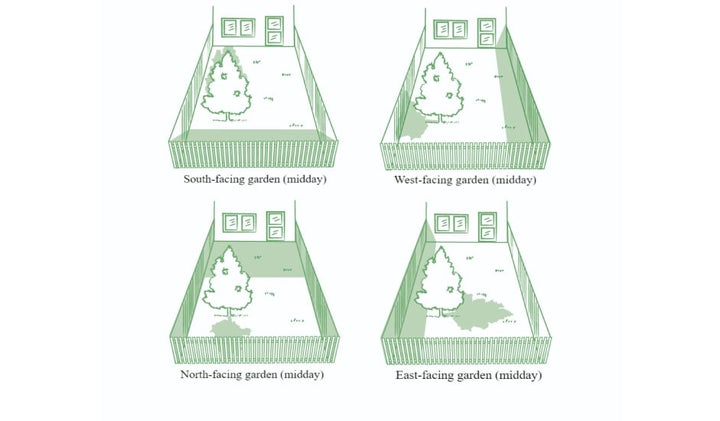
Getting to know which areas of your garden receive sun, and for how much of the day, both in summer and winter, helps you know where best to position sun-loving or shade-loving plants.
How energy requirements vary
Plants need more energy at certain times in their lifecycle:

Young, rapidly growing and short-lived plants need lots of energy, as do those developing flowers and fruit. To get the best from these, make sure plants have plenty of light, water and ventilation so they can photosynthesise effectively.

Older leaves are less efficient than new ones at converting sunlight into food. Eventually, as those at the centre and base of the canopy become shaded, their chlorophyll is broken down and repurposed by the plant for new growth.

The leaves of evergreen plants only last a few years, and they regularly shed a proportion of their older ones. They may even do this in one big drop in summer – holly hedges being a prime example – which may look worrying but is not usually a sign of problems.
Your next steps
Now you know more about how plants use light, put this into practice to help your plants thrive:
- Look out for weak, pale or spindly growth – these can be signs that light levels are too low. Prune back any overhanging branches to let in more light or move light-starved plants to a sunnier spot
- Position plants with white-variegated leaves in a bright spot, as they contain less chlorophyll. Also see our guide to variegated plants
- Get to know the light in your garden – which areas receive sun and for how long – before adding new plants. See our guide to shade gardening and inspiration for sunny locations
- Move houseplants to south- or west-facing windowsills in winter, when sunlight is weaker and the days are shorter, to ensure they get enough light
- Make sure fast-growing, flowering and fruiting plants have plenty of light, water and good ventilation so they can photosynthesise effectively









